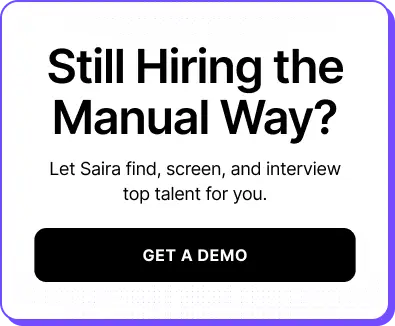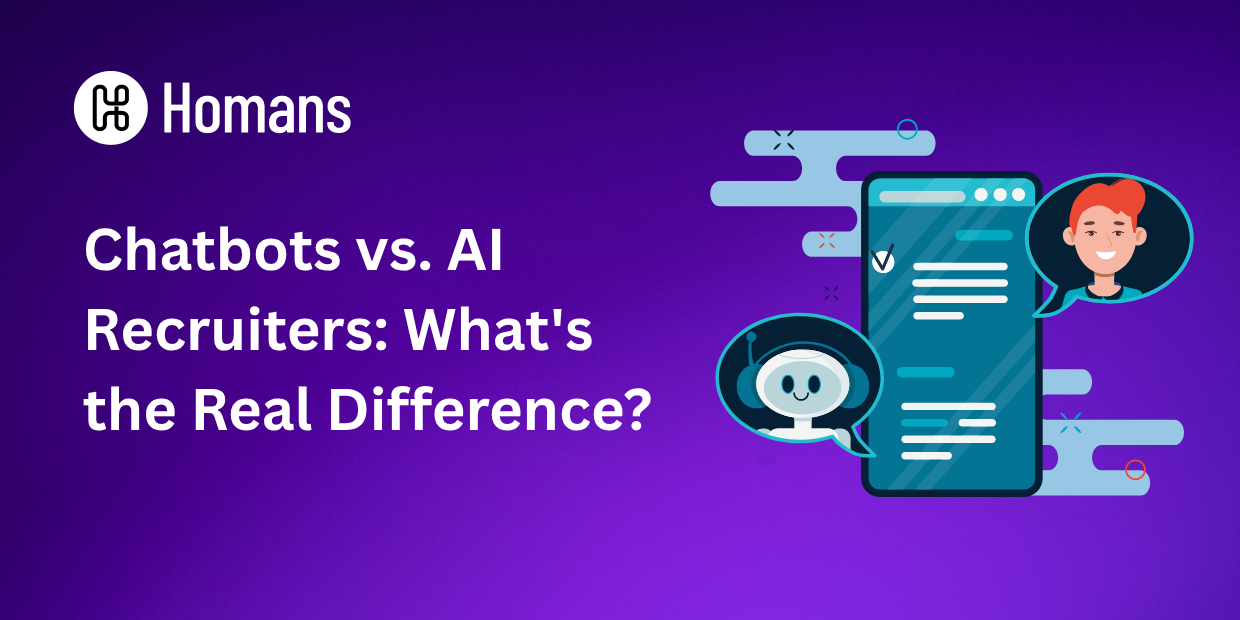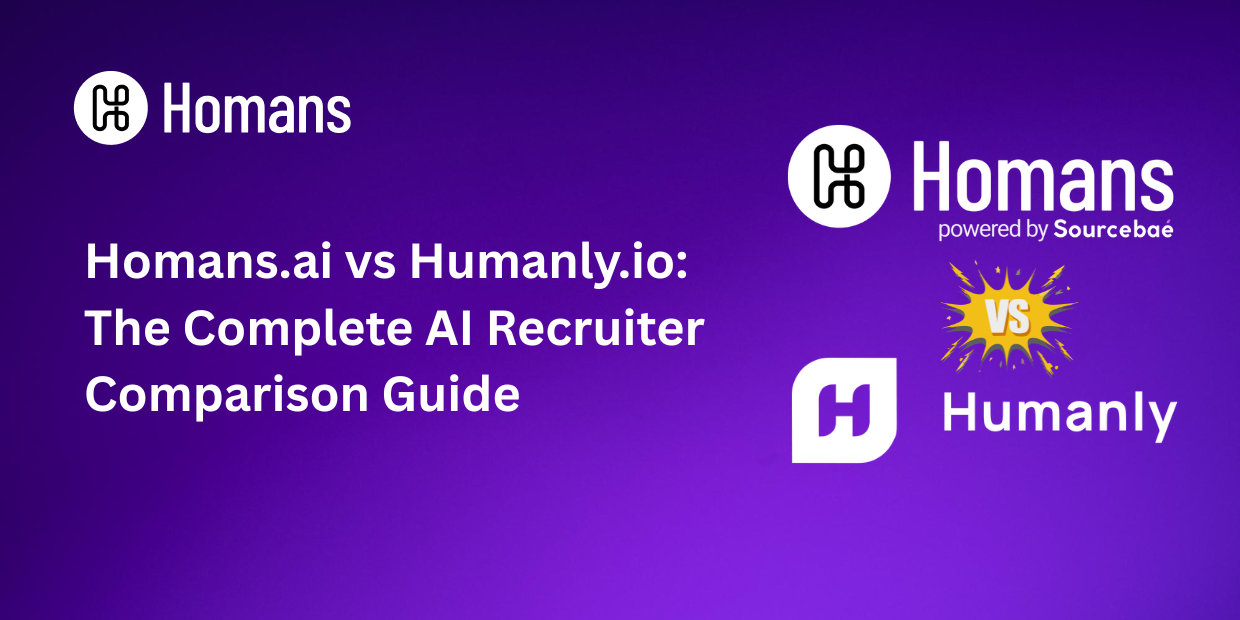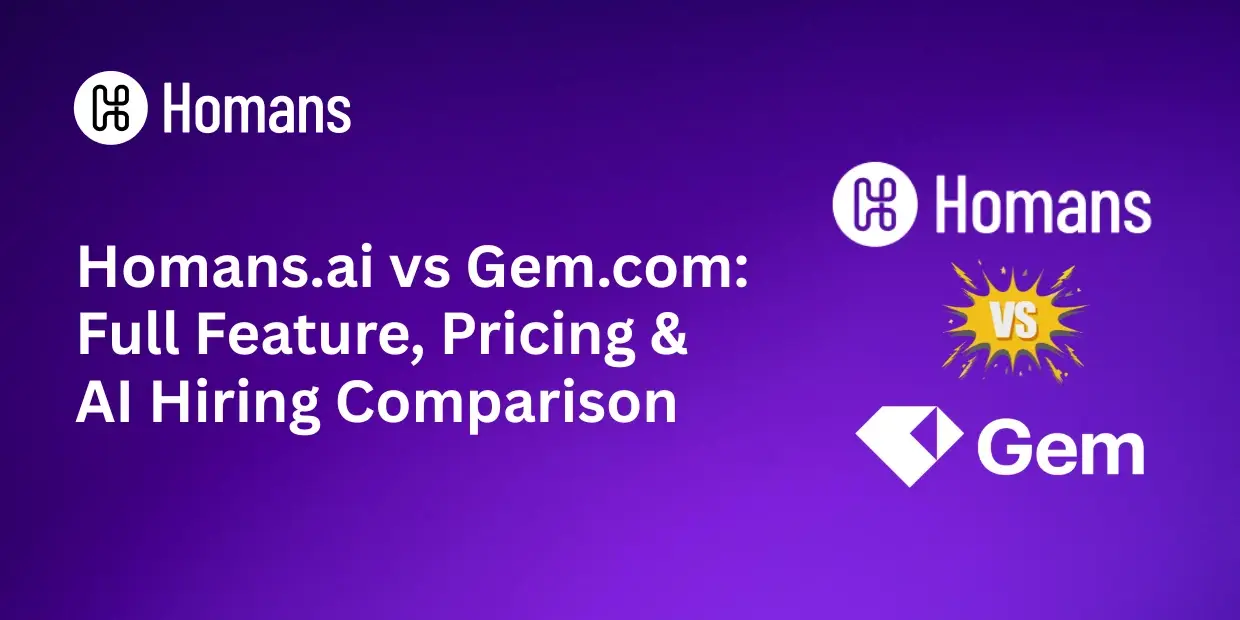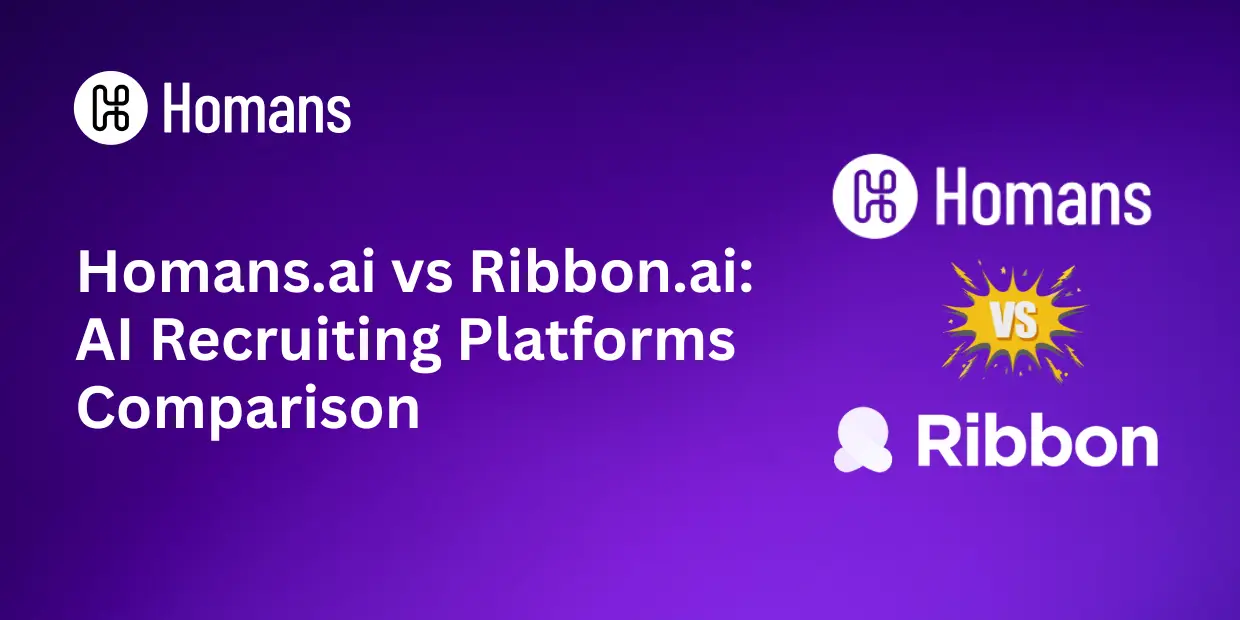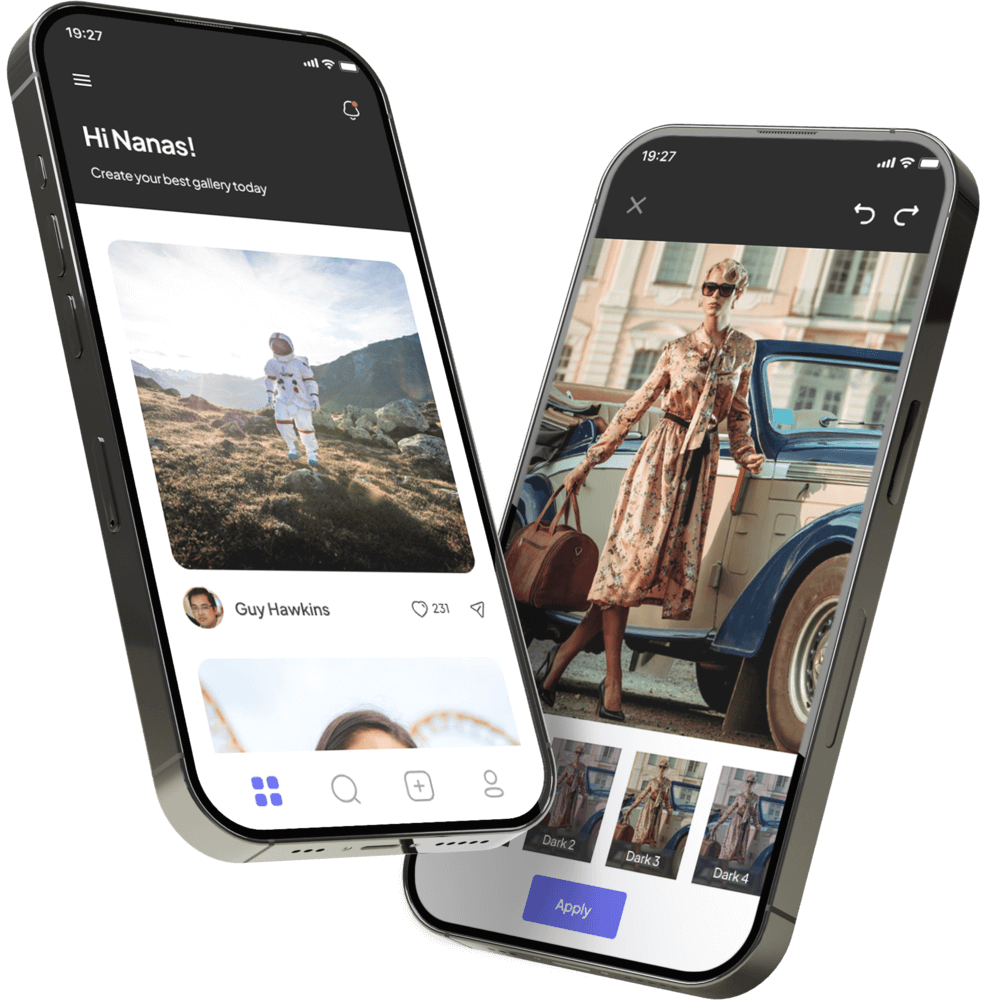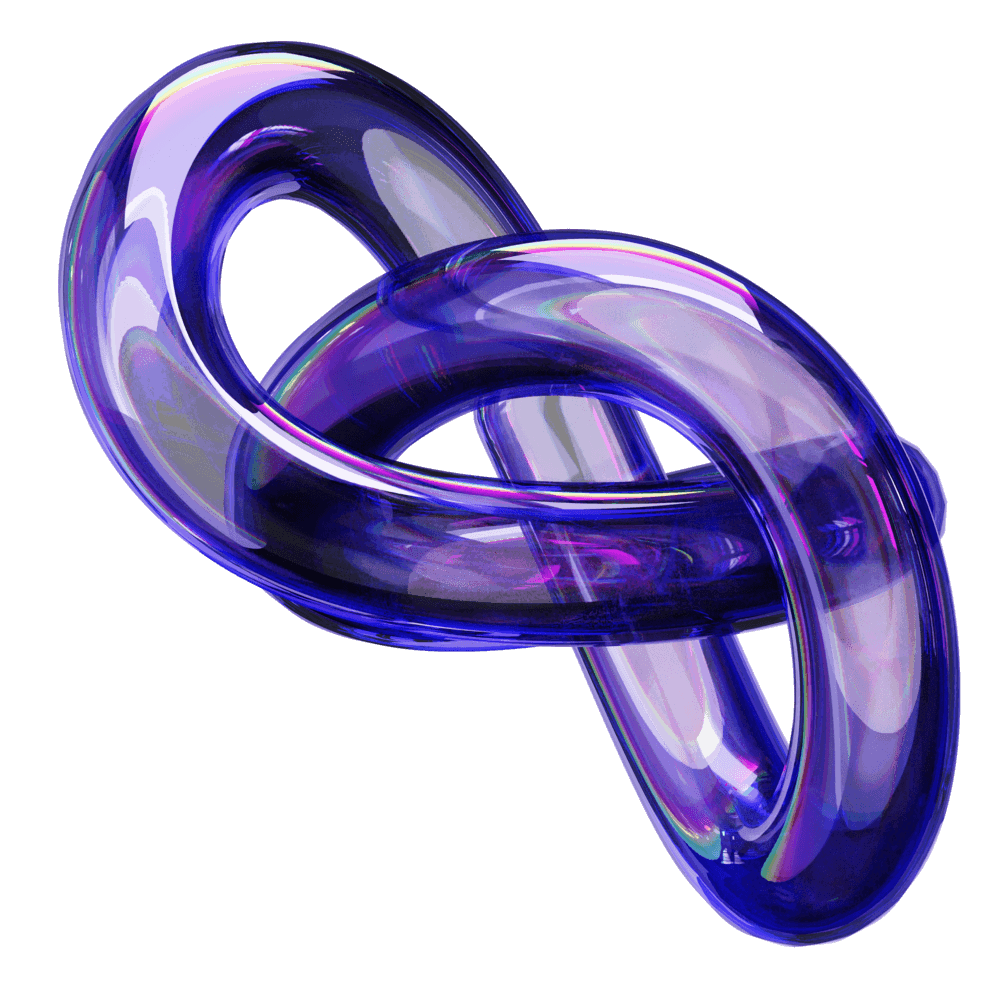Introduction
Recruitment automation continues to reshape how organizations attract and hire talent. As companies race to enhance efficiency, reduce costs, and deliver better candidate experiences, HR technology is evolving at a rapid pace. Central to this transformation are chatbots and a new breed of more sophisticated tools: AI recruiters, or agentic AI agents. Yet despite their prevalence, confusion persists—many companies (and candidates) use these terms interchangeably, obscuring crucial differences in capability, intent, and outcomes.
For business leaders, HR professionals, and job seekers alike, understanding these distinctions is essential. This article unpacks what chatbots and AI recruiters are, how they differ, and where each fits in a modern talent strategy—grounded in real-world cases, industry insights, and technology trends.
Defining the Technologies
What Are Chatbots?
Chatbots in recruitment are rule-based or keyword-driven software programs that automate straightforward, repetitive tasks. Deployed on careers sites, SMS, or messaging platforms, they typically:
- Answer FAQs about job openings, application status, or basic company policies
- Screen candidates via simple question flows (e.g., “Are you legally eligible to work in the country?”)
- Schedule interviews or route candidates to next steps
Chatbots operate through pre-scripted conversation trees: they recognize specific inputs and respond with pre-determined answers. While this makes them fast and accessible, it also limits their ability to flexibly adapt to unusual questions or nuanced conversations.
What Are AI Recruiters/AI Agents?
In contrast, AI recruiters (sometimes called agentic AI or AI agents) leverage advanced technologies like machine learning (ML) and large language models (LLMs). These systems go beyond static scripts to:
- Learn from vast datasets (past hiring outcomes, resumes, talent market trends)
- Interpret and adapt to natural language, even if phrased in unfamiliar ways
- Integrate deeply with HR databases, ATS (Applicant Tracking System), and external sources
AI recruiters can manage end-to-end recruiting workflows—from searching, screening, and ranking candidates to outreach, engagement, workforce planning, and even continuous learning based on recruiter feedback and outcome data.
Core Functional Differences
The following table captures the sharp contrasts between chatbots and AI recruiters/agents in recruitment:
| Feature | Chatbots | AI Recruiters/Agents |
|---|---|---|
| Knowledge | Pre-scripted, static responses | Continuously learn from large datasets |
| Interaction Style | Rule-based, linear, basic task handling | Natural, adaptive, handle multi-step dynamic flows |
| Context Handling | Forgetful after each session | Remember and use candidate history and conversation context |
| Initiative | Reactive—respond to candidate only | Proactive—can initiate contact and suggest actions |
| Data Integration | Stand-alone or loosely connected | Deep ATS/HRIS integration; accesses numerous data feeds |
| Use Case Fit | High-volume, repetitive, entry-level tasks | Full-funnel recruiting, high-touch journeys, strategic tasks |
Real-World Applications
Chatbots: Speed, Scale, and Simplicity
Chatbots excel in handling volume and providing instant responses. Typical functions include:
- Answering FAQs: Candidates receive immediate answers about job requirements, company benefits, or the application process—reducing recruiter workload and candidate wait times.
- Collecting initial data: Bots can gather basic candidate information—saving recruiters hours of manual data entry.
- Booking interviews: Simple chatbots sync with calendar tools to schedule interviews without human back-and-forth.
Case Study:
Hilton Hotels implemented chatbot-driven recruitment to handle thousands of applicant inquiries. Results included a faster, more accessible candidate experience and a significant reduction in recruiter workload.
ESPN leveraged AI chatbots during its internship recruitment, reaching 560 candidates from 53 countries in just six weeks—a scale not practical with human recruiters alone.
AI Recruiters: Depth, Nuance, and Intelligence
AI recruiters deliver capabilities well beyond scripted bots:
- Screening and ranking: These systems analyze resumes, evaluate video interviews, and stack-rank candidates against role requirements—often surfacing hidden talent or patterns unrecognized by humans or basic bots.
- Predictive analytics: AI recruiters can forecast hiring needs, recommend actions (e.g., reaching out to dormant candidates), and continuously “learn” from hiring outcomes to improve future decisions.
- Personalized engagement: AI recruiters initiate proactive candidate outreach, tailoring outreach content based on individual profiles and behavior—personalizing the recruitment journey at scale.
Case Study:
Unilever’s adoption of AI recruiters enabled a 75% reduction in hiring time for entry-level roles, automating the entire candidate journey from application to interview.
IBM’s Watson Recruitment platform provides in-depth resume analysis, job-candidate matching, and predictive hiring recommendations—leading to more strategic, bias-aware hiring decisions.
Candidate Experience
Chatbots: Quick But Limited
- Speed and convenience: Candidates can get answers 24/7, reducing “application black holes” and improving transparency.
- Impersonal and rigid: Because chatbots follow strict scripts, conversations can feel artificial—leading to frustration if candidates ask questions outside predefined flows.
- Limited help: When faced with complex or unanticipated queries, chatbots often fail or redirect the candidate to a human, breaking the seamless experience.
AI Recruiters: Conversational, Contextual, Engaging
- Adaptive responses: AI recruiters can hold “human-like” discussions, adapt to candidate tone, revisit earlier conversation topics, and guide candidates through multi-stage processes.
- Higher engagement: Candidates often can’t distinguish between a well-designed AI recruiter and a human. The process feels streamlined and responsive, starting from personalized outreach through post-interview feedback.
- Global reach: AI recruiters can provide consistent experiences across geographies, time zones, and languages—empowering diverse candidate pools.
Statistic:
Companies implementing 24/7 automated communication (chatbots or agentic AI) reported a 35% increase in candidate satisfaction, mainly due to greater speed and always-on support.
Human vs. Automated Assessment
Where Automation Excels
- Chatbots and AI recruiters both save recruiter hours by automating initial screening, data collection, and follow-ups—freeing people to focus on relationship-building and strategic decisions.
The AI Recruiter Advantage
- Deeper analysis: AI recruiters process vast volumes of resume, performance, and assessment data, enabling more nuanced, data-driven matching and unbiased shortlisting.
- Continuous improvement: Over time, AI recruiters refine their recommendations through machine learning, delivering ever-better hiring outcomes.
The Human Difference
- Soft skills assessment: Human recruiters remain essential for evaluating qualities like culture fit, executive presence, and emotional intelligence, which are difficult for even the best AI to reliably assess.
- Decision-making and oversight: While automation can recommend and shortlist, final hiring decisions still require human judgment.
Limitations and Challenges
Chatbot Shortcomings
- Easily confused: If candidates deviate from pre-set scripts, bots may fail or provide irrelevant answers.
- No learning: Chatbots do not self-improve unless manually reprogrammed; changes in hiring policy or new FAQs require ongoing maintenance.
- Shallow evaluation: They cannot evaluate candidate quality beyond straightforward keyword or yes/no answers.
AI Recruiter Challenges
- Potential for error: Inaccurate data or poor integration can lead to flawed recommendations or missed talent.
- Setup and integration: AI recruiters require robust data sources, careful calibration, and change management—longer ramp-up than chatbots.
- Ethical concerns: Risks include algorithmic bias, transparency, and the need for ongoing human oversight.
When to Use Each Tool
Chatbots: Best For…
- Scaling high-volume hiring: Retail, hospitality, or seasonal roles with many applicants benefit most.
- Automating FAQs: Offloading repetitive questions from recruiters or HR teams.
- Collecting initial data: Accelerating tedious form-filling or application intake.
AI Recruiters: Best For…
- Complex searches: Senior, technical, or hard-to-fill roles requiring nuanced qualification.
- Active pipeline management: Nurturing passive candidates, forecasting demand, and orchestrating full recruitment workflows.
- Improving recruiter (and candidate) productivity: Freeing up HR to focus on offer negotiation, diversity strategy, and candidate relationship management.
Optimal Results:
Combining chatbots and AI recruiters, with humans retaining strategic control, offers the best blend of speed, scale, and candidate experience.
Conclusion
Both chatbots and AI recruiters have radically transformed recruitment by boosting efficiency, cutting response times, and making

